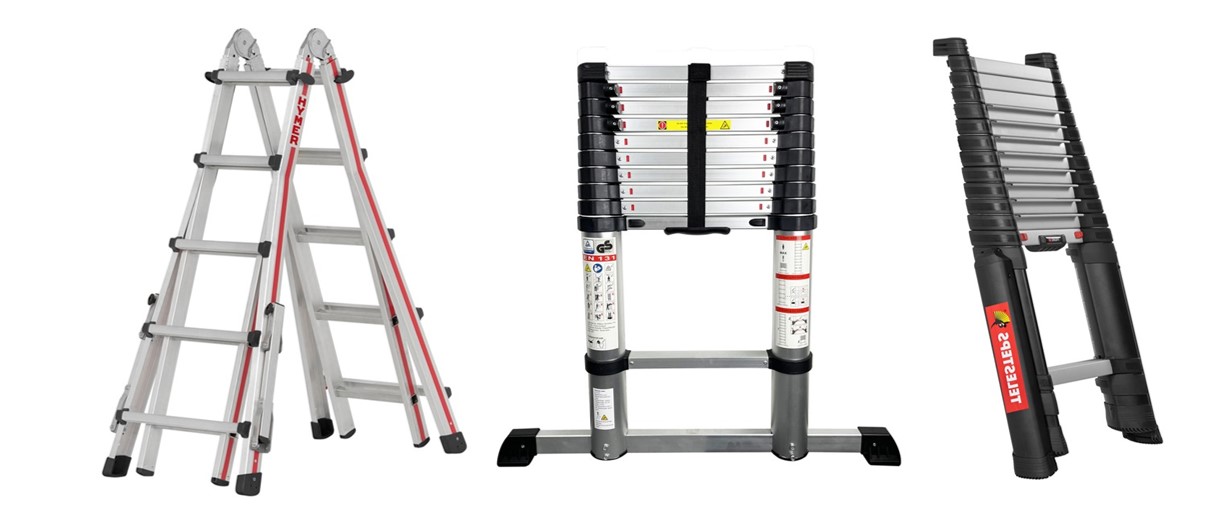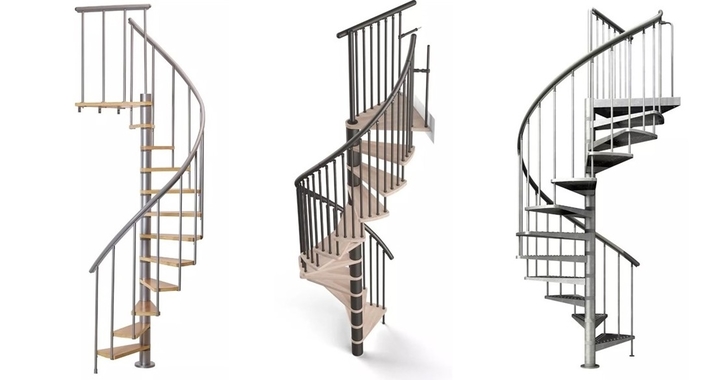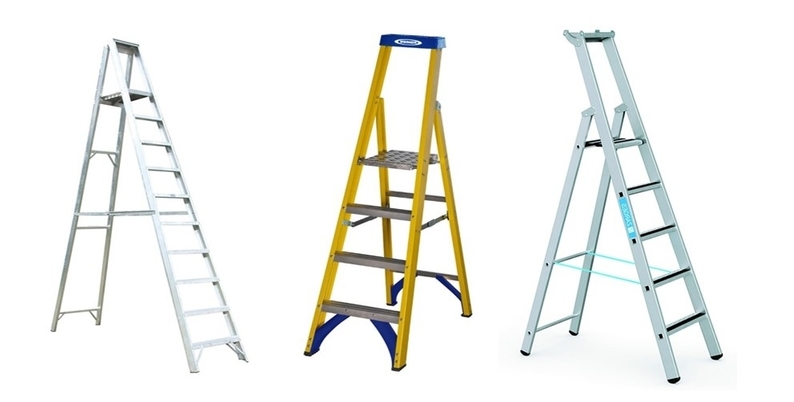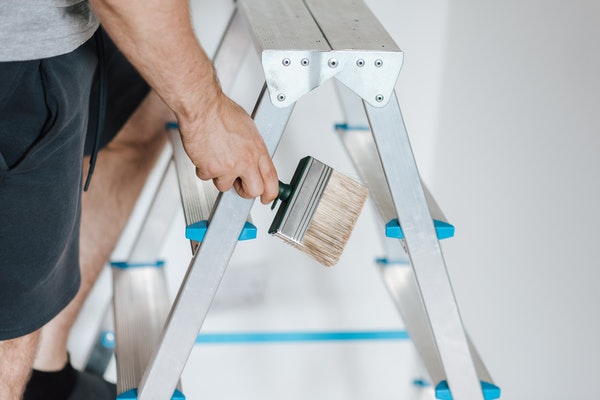
When it comes to shopping ladders, there are so many variations to choose from; from extension ladders to roof ladders, step ladders to multipurpose ladders, there are so many options available it can make deciding which one is right for you a challenge.
The concept of ladders is over 10,000 years old, but a relatively new player on the scene is the telescopic ladder. Only invented in 1989, the telescopic ladder isn’t as well established as some of the other ladders, but it’s not without its advantages.
If you’re looking for a new ladder and have found yourself considering the telescopic ladder, we’re here to tell you the top 5 reasons you should consider using a telescopic ladder.
More...

Spiral staircases are definitely a statement piece, but if you’re looking for some more specific reasons that a spiral staircase might be the perfect addition to your space, you’re in the right place!
There are a lot of reasons to love a spiral staircase, but we’re here counting down the top 5!
More...

There are so many different types of ladders available today, it can be hard to know which ladder is right for you. Should you be using a step ladder, or a telescopic ladder? Perhaps a swing back ladder, or even a scaffold tower?
The importance of choosing the right ladder for a job can’t be understated. The wrong ladder can make it difficult or even impossible to carry out the job at hand to completion, or worst-case scenario, the use of an improper ladder could lead to an accident.
More...

INFOGRAPHIC TRANSCRIPT
Explore Our Best Selling Scaffold Towers!
Now that we’re heading into spring/summer, we wanted to share a selection of our best-selling scaffold towers with you. As the weather starts to get warmer, people feel more confident tackling a variety of construction jobs including:
- Fixing their roof
- Painting the exterior of their house
- Adding a house extension
- Mending broken windows
The list goes on… but one thing’s for sure, whether you’re a contractor or a DIY enthusiast, you won’t be able to get any of these jobs done without a scaffold tower. Take a look at some of our best sellers.
Now Only: £860 inc VAT
Key features:
- Colour coded braces for easy assembly
- Directional “tilt and glide” wheels
- Marine-grade plywood platforms with non-slip surface
- 5-year guarantee!
Now Only: £465 inc VAT
Key features:
- Lightweight, versatile & robust
- Spacious 1.58m long platform
- Includes 4 braked castors
- 5-year warranty
Now Only: £820 inc VAT
Key features:
- Folding toe board and floating spigots
- Suitable for indoor or outdoor use
- Easy to manoeuvre trolley
- Folds away for easy transport & storage
Now Only: £1,070 inc VAT
Key features:
- Double width for extra workspace
- Integral ladders for safe and comfortable access
- 3T (through the trapdoor) build method
- Heavy-duty, aluminium build
Pair your scaffold tower with a safety harness from Safety Harness Direct! Take a look at some of their best-selling scaffold harnesses here:
Now Only: £41 inc VAT
A single point, rear attachment safety harness that offers basic fall protection for a wide range of scaffold jobs. Use with a suitable safety lanyard to reduce your risk of injury.
Now Only: £37 inc VAT
Made of durable polyester and steel, this single point safety harness is ideal for use on scaffold towers. It features adjustable shoulder and thigh straps for optimal comfort.
Now Only: £46 inc VAT
Featuring 1 sternal and 1 dorsal attachment point, this safety harness offers maximum security when you’re working on a scaffold tower. It comes with a 10-year warranty so you can work with confidence.
If you’re planning to use a scaffold tower in the near future, we have everything you need to work safely. If you can’t find what you need here, be sure to browse our full range of scaffold towers at www.laddersukdirect.co.uk. Complete your height safety kit with a safety harness from our sister company, Safety Harness Direct. Head over to www.safety-harness.com to shop!

A ladder stand-off is an ingenious piece of technology that allows wide range and flexibility as you use a ladder, without sacrificing your personal safety. It's essentially a metal bracket that fixes to the rungs of your ladder; metal hooks fix it securely into place, and feet protrude outwards to balance the ladder against the wall.
The legs press against the wall surface in lieu of the ladder, holding it away from the wall giving you a greater range of motion and accessibility. This also prevents you from having to lean back dangerously to reach angles you couldn't reach before; an action that could potentially cause a serious accident.
More...














